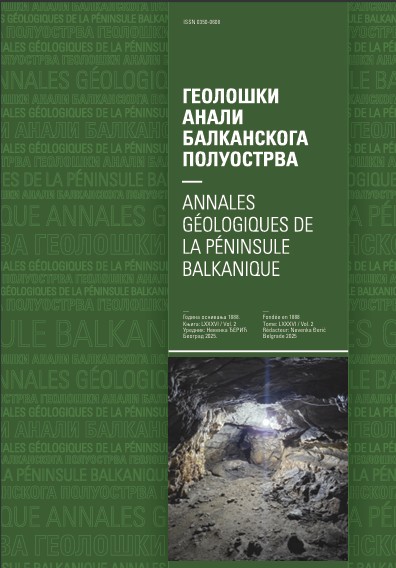Pleistocene malacofauna of the Požarevac Danube area (NE Serbia)
Abstract
The results of recent analyses of loess samples from the localities: Ćirikovac, Klenovnik, Novi Kostolac, Zatonje and Kisiljevo, confirm the idea that malacological associations identify biotope characteristics. Using palaeontological analyses, 25 species of gastropods were identified. Statistical analyses, tables and histograms based on ecological indices separate malacolgical associations: forest and species living mainly in woods, but also in mesophilous places and both damp and dry biotopes, steppe, open biotopes, mesophilous and hygrophilous species. Based on the current literature on the Požarevac Danube Area, the species Vertigo pygmaea in Ćirikovac and Columella columella in Klenovnik were recorded for the first time. Based on the following species: Succinella oblonga, Cochlicopa lubrica, Granaria frumentum, Vallonia costata, Vitrea crystallina, Pupilla muscorum, etc. it could be concluded that loessoid eolian sediments have their origin in the arid climate during the Pleistocene.
Copyright (c) 2007 Geološki anali Balkanskoga poluostrva

This work is licensed under a Creative Commons Attribution 4.0 International License.










